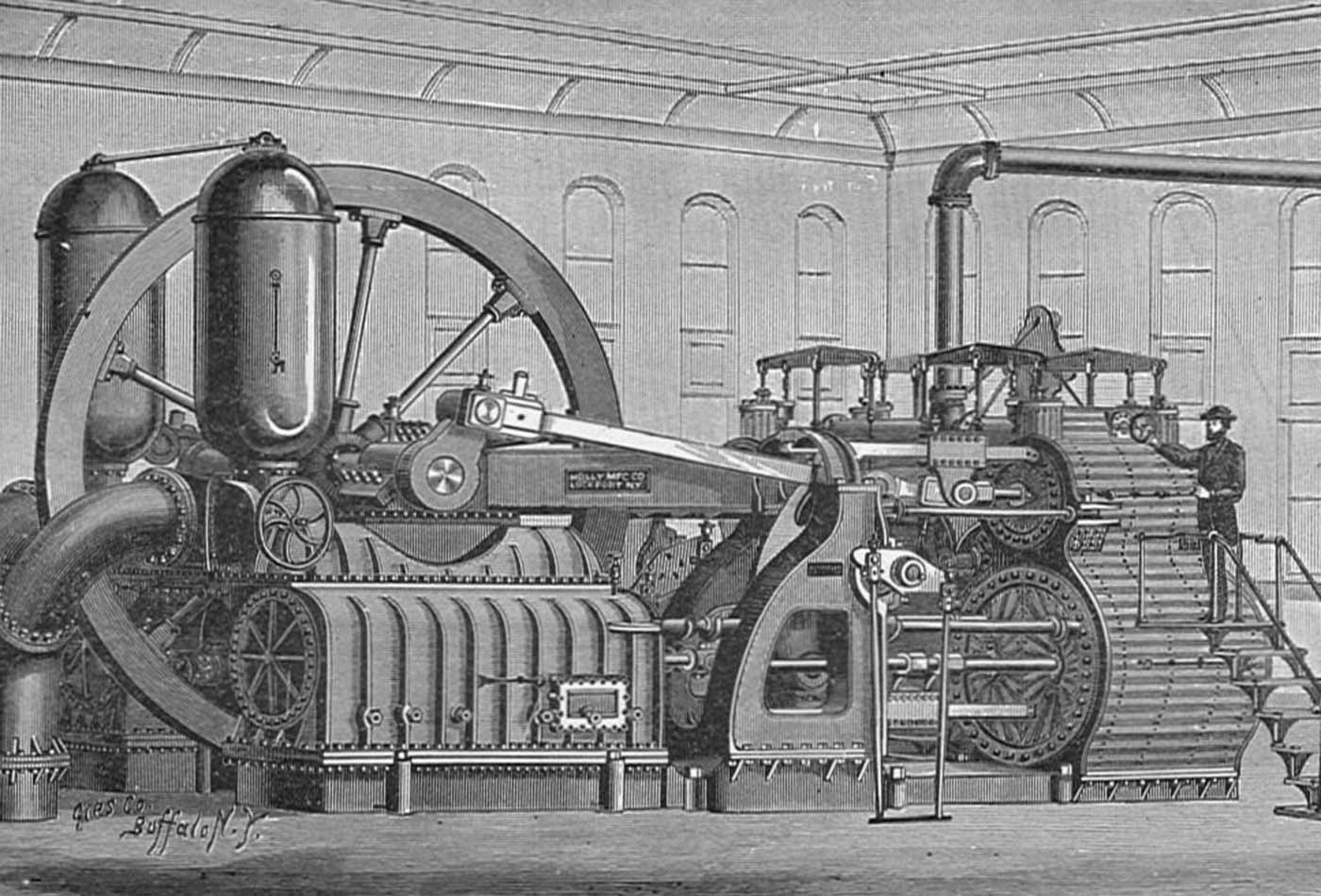When will automation reach your industry?
How to understand machine learning adoption in the enterprise.
 Holly pumping engine ("New Catechism of the Steam Engine," 1904). (source: Via Andy Dingley on Wikimedia Commons)
Holly pumping engine ("New Catechism of the Steam Engine," 1904). (source: Via Andy Dingley on Wikimedia Commons)
For more insights on the business impact of data, analytics, and artificial intelligence, register to attend the Strata Business Summit in New York, the missing MBA for data-driven businesses. The program features two days’ worth of executive briefings, including a briefing on artificial intelligence adoption by McKinsey Global Institute partner Michael Chui.
For more from David Beyer, download his free ebook, “The Future of Machine Intelligence.”
Machine learning has applications in nearly every industry, but the rate at which different industries adopt machine learning technologies will vary profoundly, says David Beyer, a partner at the venture capital firm Amplify Partners.
In this excerpt from Beyer’s presentation at the Strata Data Conference 2016 in New York, he points to “restructurability”—the degree to which managers in those industries are able to reimagine the nature of their work—as the key to understanding which industries will be first to implement artificial intelligence.
Beyer cites an observation by the economist Paul David: when early factories moved from steam power to electricity, “the managers at the time simply put motors where steam used to be without giving any consideration to how they ran the factory. It took a new crop of managers to come in and redesign the factory…on the basis of electricity. It was only when that happened that they actually yielded the productivity gains that were theoretically promised by the switch to electrification.”
Beyond restructurability, Beyer points to five factors that drive machine learning adoption: the degree to which it’s practical to automate work in that industry, the extent to which the industry has already adopted modern IT, anticipated return on investment, existing labor costs, and industry competition.
